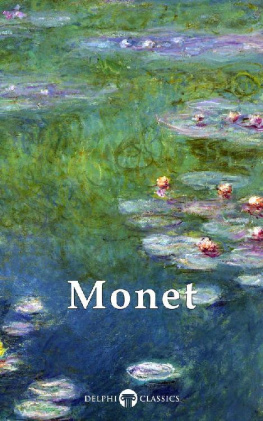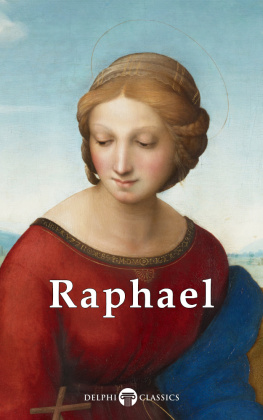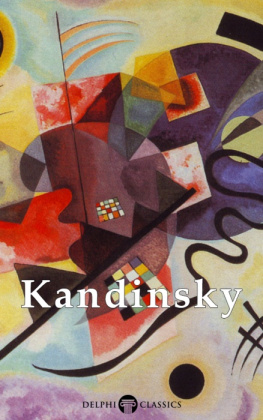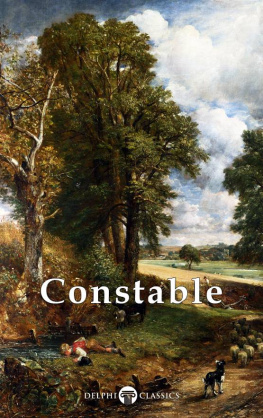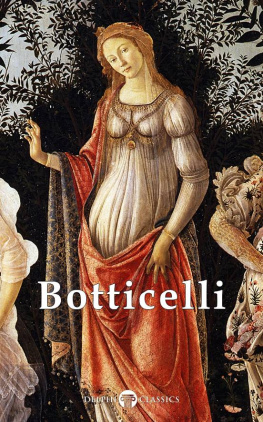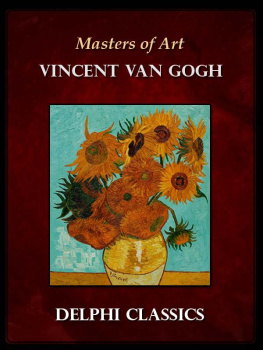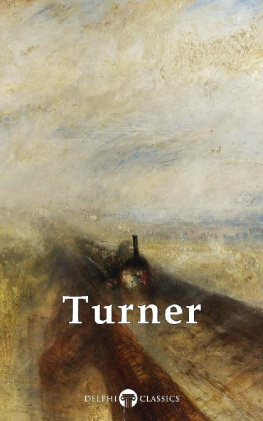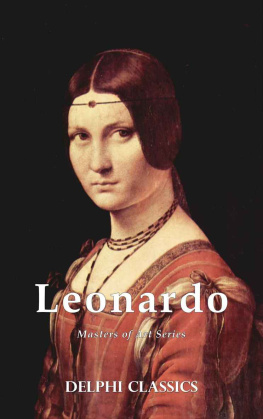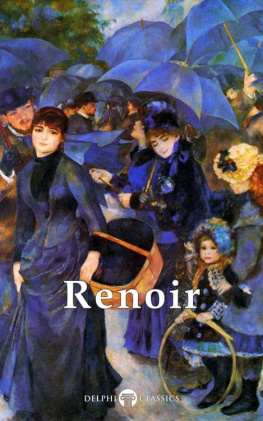
Claude Monet
(18401926)

Contents

Delphi Classics 2014
Version 2

Masters of Art Series
Claude Monet

By Delphi Classics, 2014
COPYRIGHT
Masters of Art - Claude Monet
First published in the United Kingdom in 2014 by Delphi Classics.
Delphi Classics, 2014.
All rights reserved. No part of this publication may be reproduced, stored in a retrieval system, or transmitted, in any form or by any means, without the prior permission in writing of the publisher, nor be otherwise circulated in any form other than that in which it is published.
ISBN: 978 1 90890 992 3
Delphi Classics
is an imprint of
Delphi Publishing Ltd
Hastings, East Sussex
United Kingdom
Contact: sales@delphiclassics.com
www.delphiclassics.com
The Highlights

Monet was born on the fifth floor of 45 rue Laffitte, in the 9th arrondissement of Paris

Claude Monet and his wife Camille Doncieux Monet, c.1860
THE HIGHLIGHTS

In this section, a sample of Monets most celebrated works is provided, with concise introductions, special detail reproductions and additional biographical images.
LUNCHEON ON THE GRASS

Claude Monet was born on 14 November 1840 in Paris; he was the second son of Claude Adolphe Monet and Louise Justine Aubre Monet. Five years later, his family moved to Le Havre in Normandy, where his father intended him to go into the family's ship-chandling and grocery business. However, the young Monet had very different plans. He wanted to become an artist and his mother, an accomplished singer, supported his desire for a career in art.
On 1 April 1851, Monet entered Le Havre secondary school of the arts, where he became renowned for his charcoal caricatures, which he would sell for ten to twenty francs. Monet also undertook his first drawing lessons from Jacques-Franois Ochard, a former student of the Neo-Classical master Jacques-Louis David. On the beaches of Normandy, he became acquainted with his fellow artist Eugne Boudin, who became his mentor and introduced him to oil paints. It is believed that Boudin also taught him "en plein air" (outdoor) techniques for painting a later important convention for the Impressionists.
On 28 January 1857, Monets mother died suddenly. At the age of sixteen, he left school and went to live with his widowed, childless aunt, Marie-Jeanne Lecadre. On his arrival in Paris, he visited the Louvre and witnessed many painters copying from the old masters. Having brought his paints and other tools with him, he would instead go and sit by a window and paint what he saw outside. Monet remained in Paris for several years and met other pioneering painters, including douard Manet and future Impressionists.
Luncheon on the Grass , which Monet completed in 1865 at the age of 25, is now considered by many to be his first youthful masterpiece. Heavily inspired by douard Manets 1863 painting Le Djeuner sur lherbe , which caused great scandal in the Parisian art world, Monets painting portrays a similar scene. Five well-to-do Parisians are enjoying the summer weather in the shade of a light-hearted picnic, located in the Fontainebleau Forest, just outside of Paris. The experimental use of light, shadows and the blurring of natural shapes, such as the leaves, have been identified as precursors to Impressionism, which would later infuse the artists work.
Monet had hoped the painting would achieve recognition at the Paris Salon, as Manet had done in his previous work. However, due to financial difficulties, which would go on to plague him throughout his younger years as an artist, Monet had to sell the painting to a creditor, who kept it locked up and unseen in a cellar for many years.


Detail

Detail

Detail

Le djeuner sur lherbe by douard Manet, 1863

The Forest of Fontainebleau, where Monet worked on this painting

Forest of Fontainebleau by Paul Czanne, 1892
SELF PORTRAIT WITH A BERET

Disillusioned with the traditional art taught at art schools, Monet became a student of Charles Gleyre in Paris, where he met Pierre-Auguste Renoir, Frdric Bazille and Alfred Sisley. Together they shared new approaches to art, painting the effects of light en plein air with broken colour and rapid brushstrokes, in what would later be known as Impressionism.
Now privately owned, the following portrait was completed by 1886 and is the first known self-portrait of the artist. In the painting, Monet gazes directly at the viewer, exhibiting his confidence in his art, as well as his personality, in a pose that is reminiscent of the great self-portrait Dutch painter Rembrandt. The loose brushstrokes and unfinished appearance at the corners demonstrate the artists advances into what would later be termed Impressionism .


Detail
Next page
